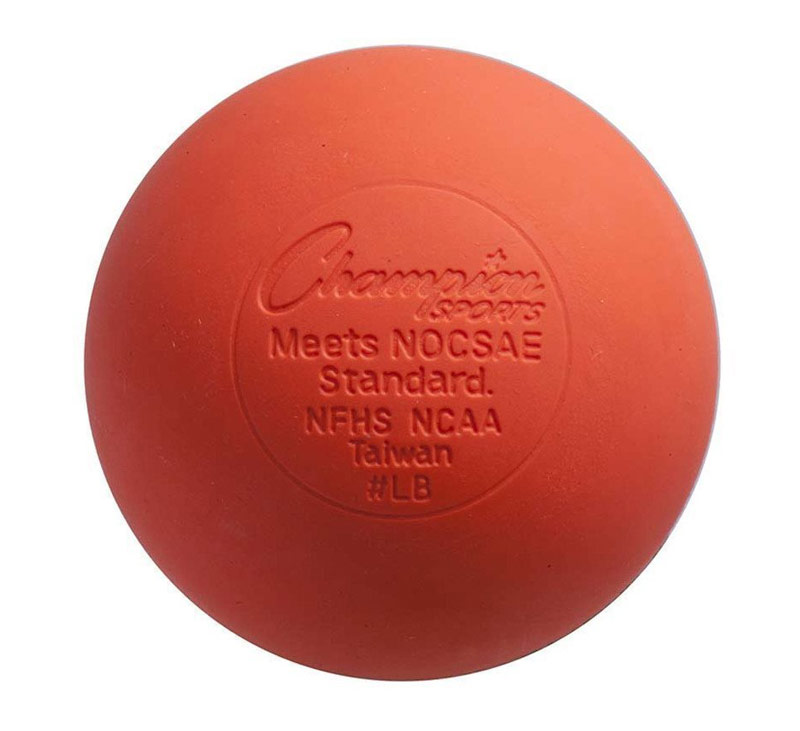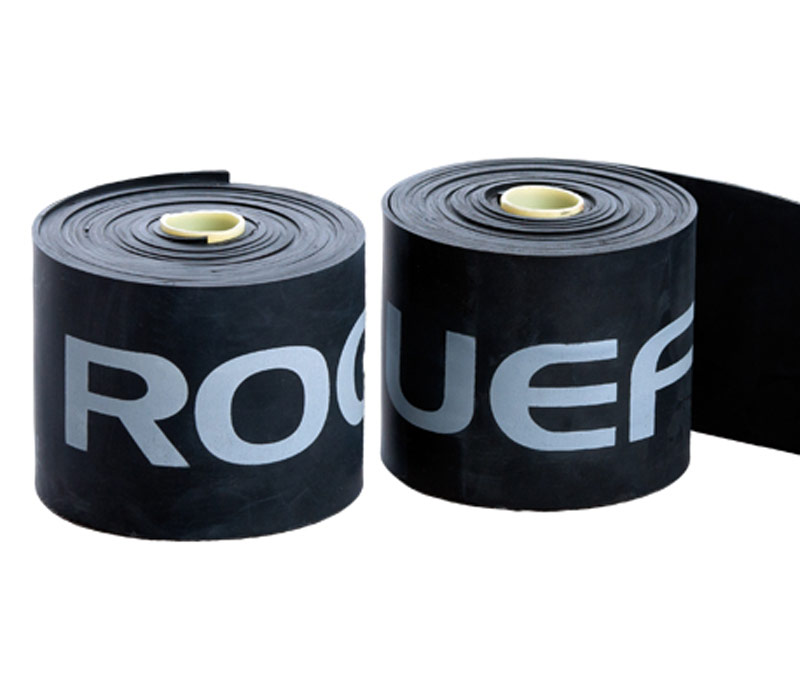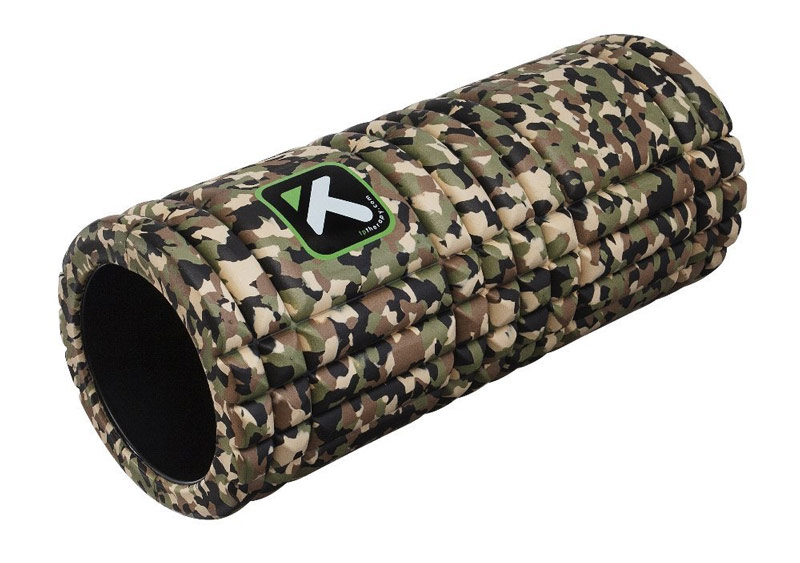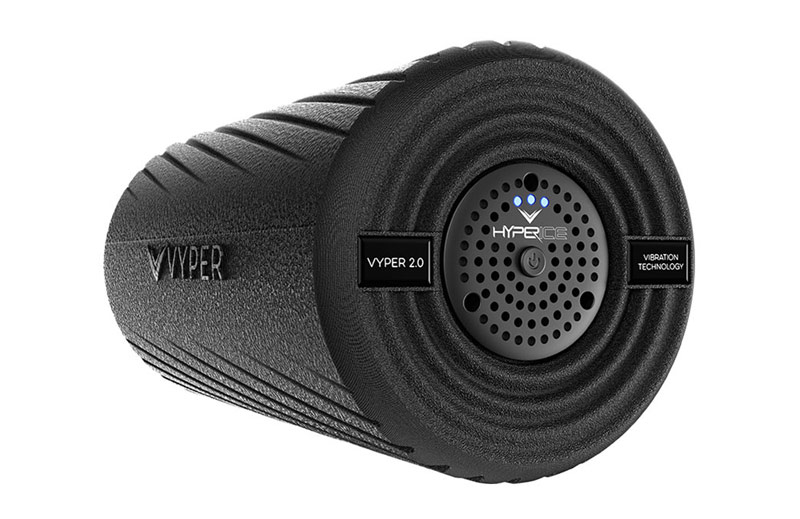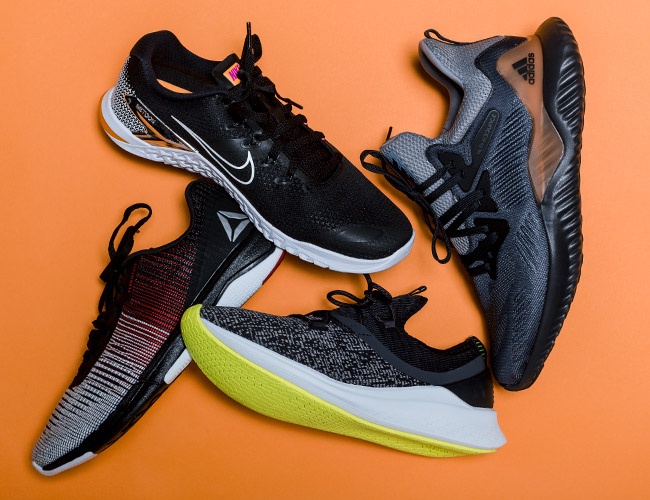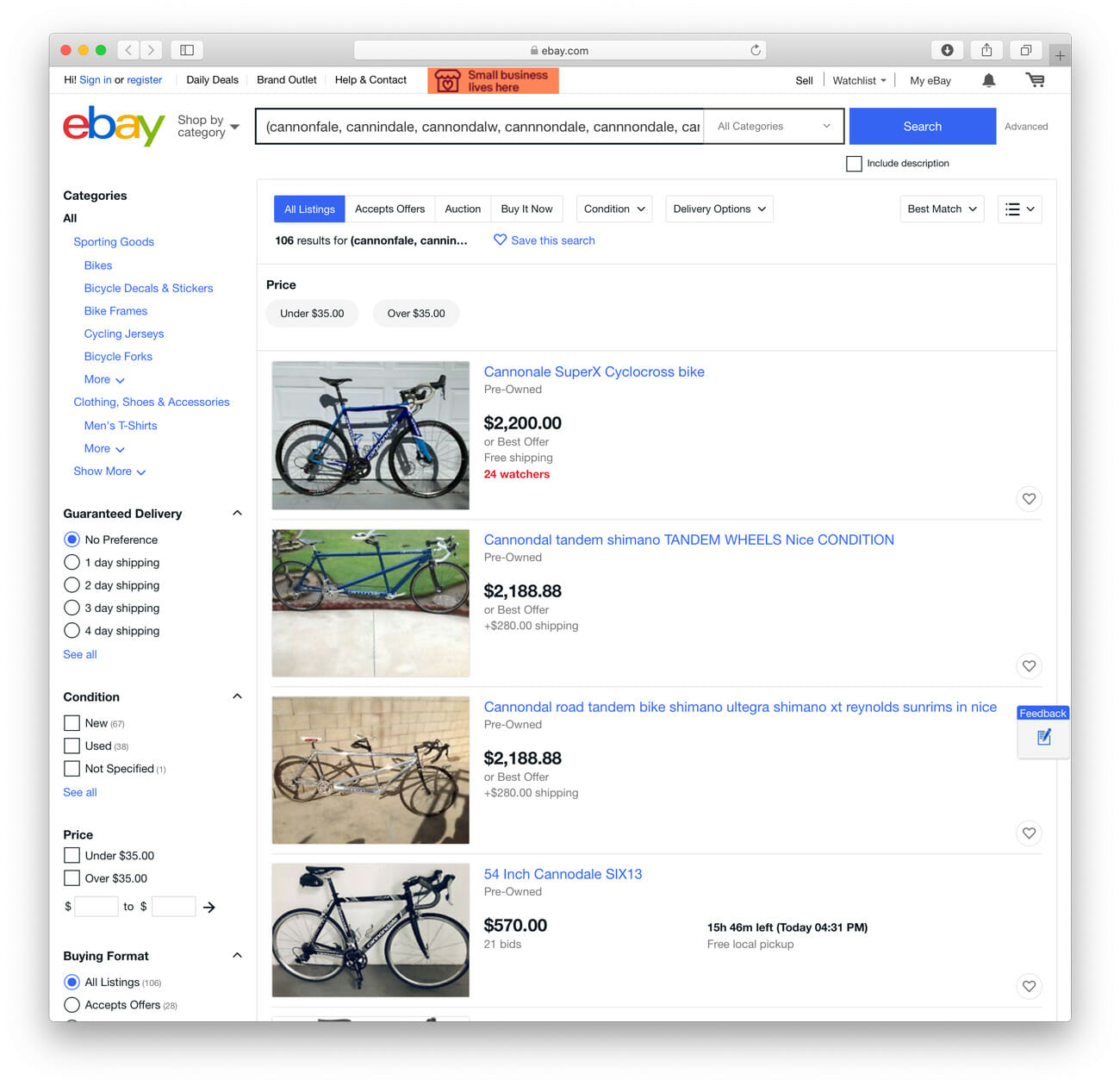Running is a contact sport. Not in the same body-smashes-body sense that pertains to football and hockey, but in the body-smashes-pavement, over and over again, manner of speaking. The impact may be less, but the frequency of it is consistent and repeating; as a result, injuries are common. Running injuries range in scope from common and easy-to-treat — blisters — to complex and detrimental — stress fractures. Some studies have reported that the prevalence of running injuries of any kind among long-distance runners is as high as 92 percent.
Injuries can be treated, but they can also be avoided — a few tools and a little bit of awareness can go a long way in helping to keep you on your feet. “All injuries are specific to the person,” says Alicia Ferriere, a physical therapist who earned her doctorate of physical therapy at Columbia University and now works at Finish Line Physical Therapy in New York. “Person A’s runner’s knee could be completely different from person B’s runner’s knee. Sometimes a root cause of an injury can be the same between two people, but they present with totally different symptoms.”
Below, Ferriere describes three of the most common running injuries that she and her colleagues encounter at their practice: runner’s knee, IT band pain and plantar fasciitis. She also provides some tips on how to prevent and treat these injuries and gear recommendations that can help you do so. Ferriere provides these tips with one caveat — “This advice is very basic. It is important to acknowledge that if you have an issue and it doesn’t resolve with basic modalities and exercises, go get it checked out. It is a lot easier to prevent injury than recover from it.”
Runner’s Knee
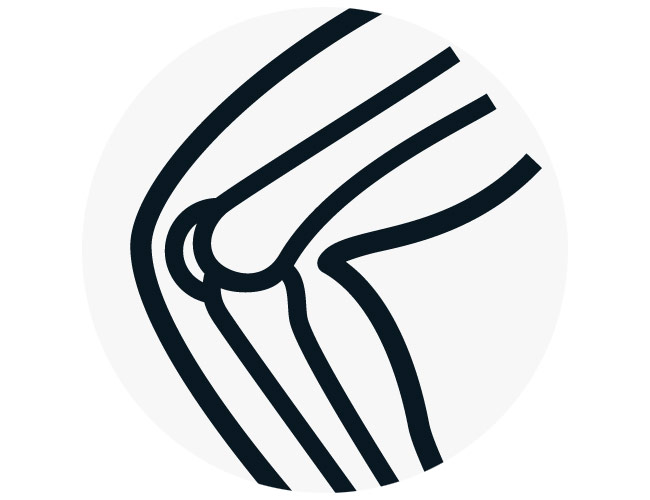
What it is: Runner’s knee is usually classified as complaints of pain in the patellar tendon or front of the knee.
What it’s caused by: Usually it is caused by an imbalance between the flexors and extensors of the knee causing the patella to become compressed. It can also be caused by increased forces caused by overstriding or improper running form.
How to prevent it: Making sure to work your hamstrings is essential here. Hamstrings frequently go overstretched and underworked. This can really mess with the forces going through the knee during running. Foam roll your quads after a long or hard run to improve blood flow and change the input into the tissue. Utilize compression to increase blood flow and reduce any swelling that may have occurred on the run.
IT Band Pain
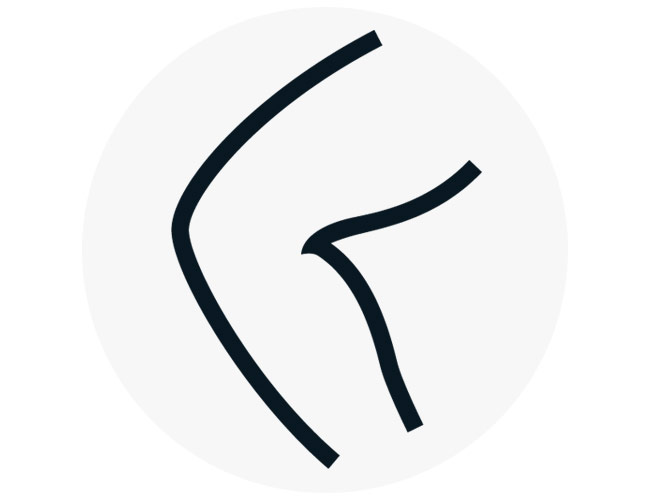
What it is: Pain around the outer knee, outer quad, and/or outer hip.
What it’s caused by: It can be caused by an imbalance of inner thigh and outer hip muscles. It can also be caused by a stride that is too wide or too narrow or decreased pelvic rotation control while running.
How to prevent it: There is no point in foam rolling the IT band, but foam rolling the muscles that are around and attached to it is very helpful — think outer quad, outer hamstring, glute and TFL (tensor fasciae latae). Again, compression around the knee is good post-run.
Strength training that incorporates more side to side and rotational movement will also help with the muscle imbalance at the hip.
Plantar Fasciitis
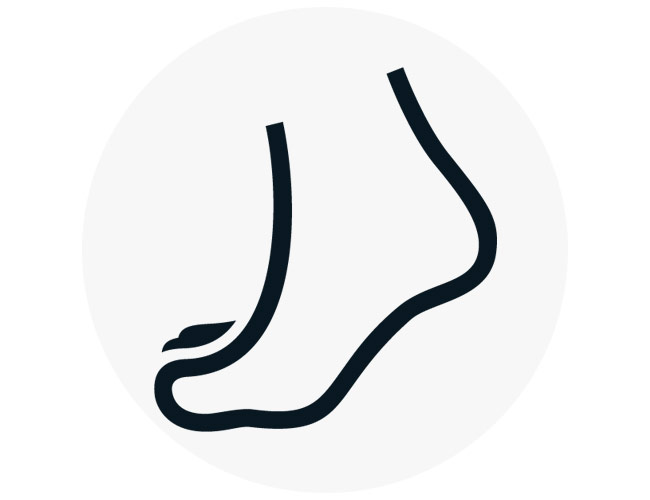
What it is: Pain in the bottom of the foot
What it’s caused by: It can be caused by an overuse of the calf for push-off, or poor loading mechanics while running (suboptimal ways in which your body interacts with the ground).
How to prevent it: Use a lacrosse ball or foam roller on the calf and plantar fascia — the band of tissue that runs along the bottom of the foot and connects the heel bone to the toes — after long or hard runs.
Make sure you have enough hip extension mobility to achieve proper push off (open up the front of your hips).
Strength train your glutes and hamstrings to focus on pushing the ground back behind you, rather than having your calf and foot doing all the work.
The Upshot
Running injuries can be avoided by making sure you take care of your soft tissues and maintain strength in all three planes of motion (forward, side-to-side, rotational). Running is a primarily sagittal plane activity (going forward), so those muscles tend to get overused, while the muscles that control side to side motion and rotation become underused. Strength training will help to avoid a lot of overuse injuries. Correct running form is also really important. My suggestion: if you know you’re going to be upping your mileage or speed, get your running form checked out beforehand to avoid injury.
The Gear You Need
Lacrosse Ball by Champion Sports $6
VooDoo Floss Bands by Rogue Fitness $24+
GRID Foam Roller by TriggerPoint $30+
The Upgrade: Vyper Vibrating Foam Roller by Hyperice $199
Whether you hit the CrossFit Box or lift weights at the gym, there’s a gym sneaker in here for you. Read the Story


